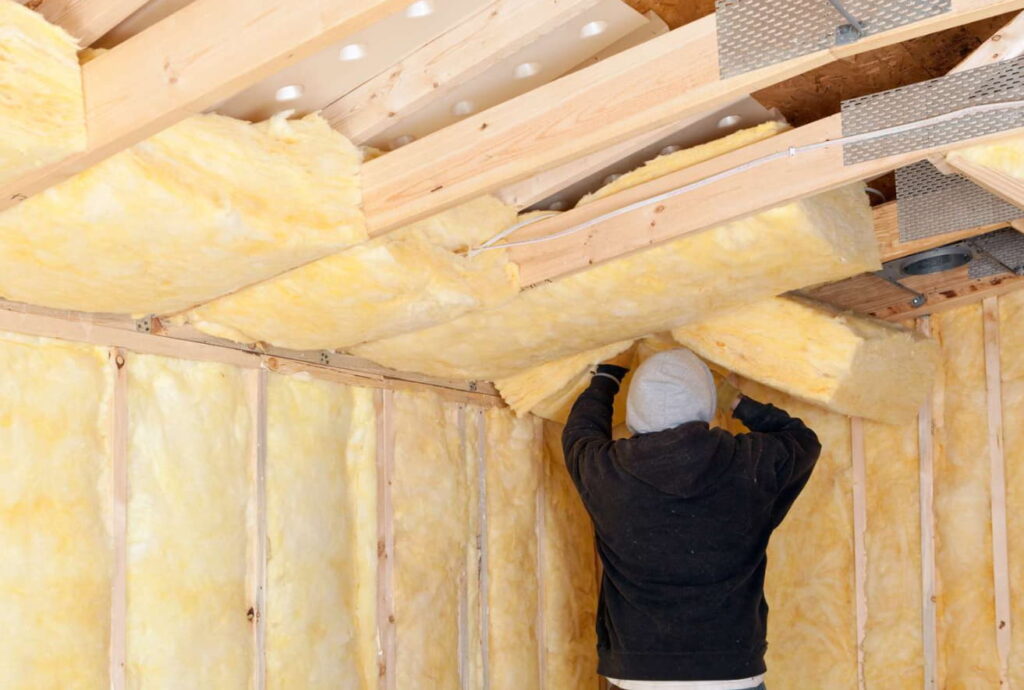Cathedral ceilings, with their grandeur and elegance, can transform any room into an airy and impressive space. However, the charm comes with its own set of challenges, especially when it comes to maintaining a comfortable temperature without skyrocketing energy bills. Proper insulation is key to overcoming these challenges, ensuring your home remains cozy in winter and cool in summer. Here are five expert tips for efficiently insulating your cathedral ceiling in Canada, enhancing your home’s comfort and energy efficiency.
Understand the Unique Structure
Unlike flat ceilings, these structures have an inclined surface that meets at a higher point, which often means less space for standard insulation materials. Recognizing this will help you choose the right approach and materials for your project.
Choose the Right Insulation Material
Selecting the appropriate insulation material is pivotal. Options include batts and rolls, rigid foam boards, and spray foam insulation. Batts and rolls, made from fibreglass or mineral wool, are commonly used but may not always provide the best fit for tighter spaces. Rigid foam boards offer excellent thermal resistance and are easier to install in uneven spaces. Spray foam, though more expensive, provides superior air sealing and insulation in one step, making it an ideal choice for complex shapes and tight spaces within these ceilings.
Ensure Proper Ventilation
Without adequate airflow, moisture can accumulate, leading to mould growth and wood rot. Installing rafter vents, also known as insulation baffles, ensures a clear air path between the insulation and the roof sheathing. This setup promotes air circulation from the soffit to the ridge vent, safeguarding your home against moisture damage and enhancing the lifespan of your roof.
Consider the R-Value
The R-value measures the insulation’s ability to resist heat flow. Higher R-values mean better insulation properties. When planning your insulation project, aim for the highest R-value that your budget and space allow. This is especially important for cathedral ceilings, as their exposed nature makes them more susceptible to heat loss and gain.
Hire a Professional
While some homeowners may feel equipped to tackle insulation projects, insulating a cathedral ceiling can present unique challenges that might be best handled by a professional. A skilled contractor can navigate the complexities of your ceiling’s structure, recommend the best insulation materials, and ensure that the job is done safely and effectively.
In conclusion, properly insulating your cathedral ceiling in Canada can significantly improve your home’s energy efficiency and comfort. By understanding the structure, choosing the right materials, ensuring proper ventilation, considering the R-value, and possibly hiring a professional, you can enhance the livability of your space while reducing energy costs.

